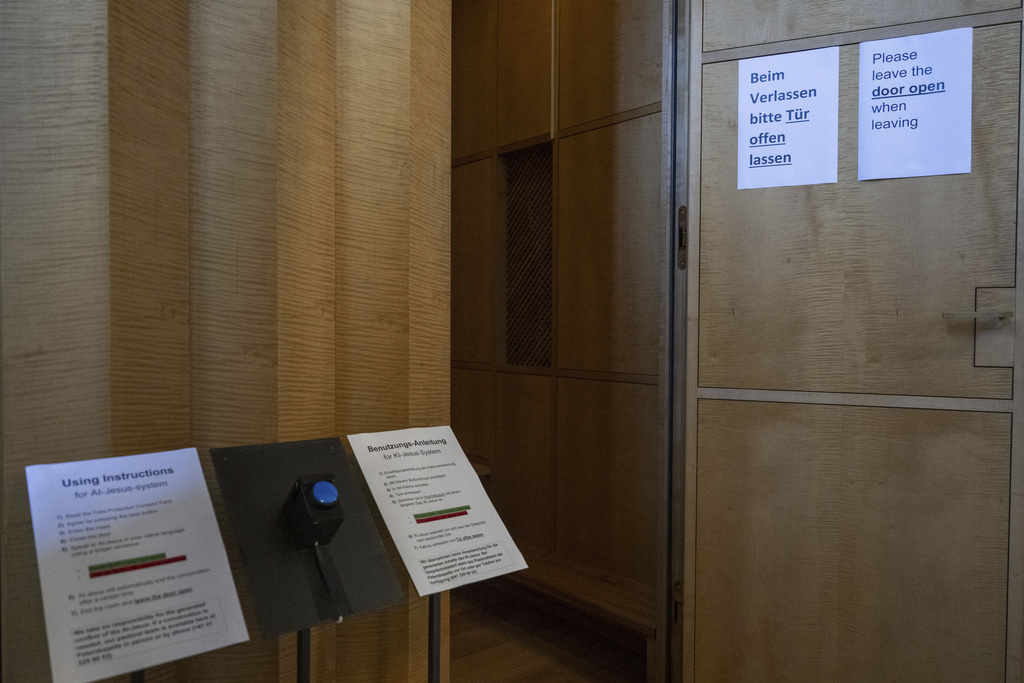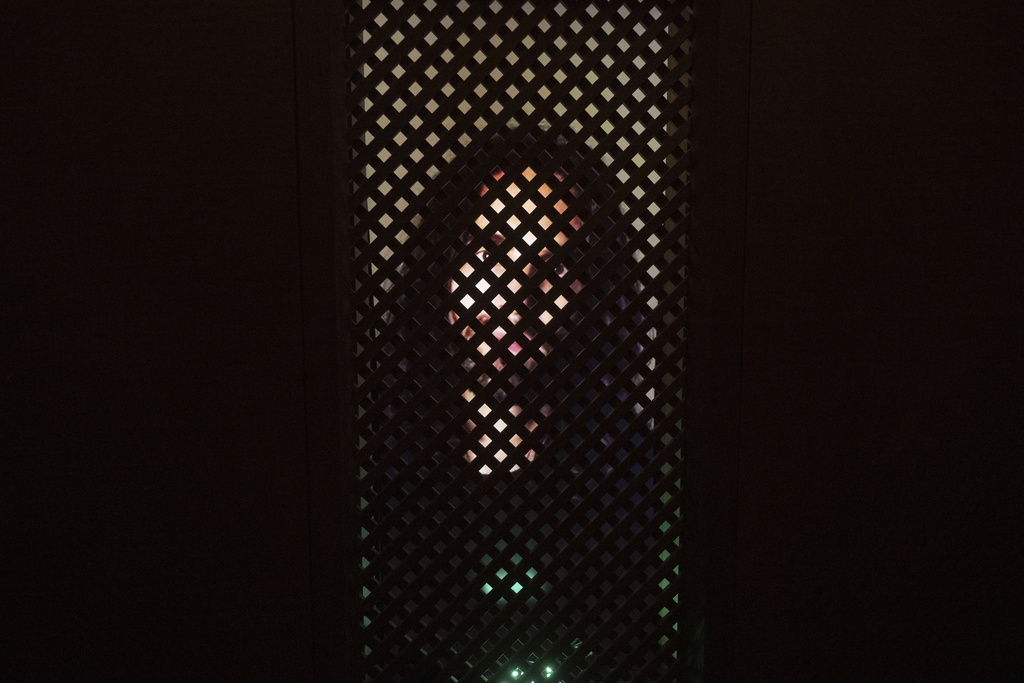AI Jesus: Switzerland’s Unique Religious Experiment Explored \ Newslooks \ Washington DC \ Mary Sidiqi \ Evening Edition \ A Swiss Catholic chapel recently hosted a groundbreaking experiment with an “AI Jesus” avatar in a confessional. Over two months, nearly 900 visitors engaged with the AI, discussing faith and morality. The project revealed both enthusiasm for AI’s potential in religion and concerns over its limits in fostering authentic spiritual connections.

Exploring AI Jesus: Faith and Technology Quick Looks
- Innovative Experiment: Swiss chapel hosted an AI-powered “Jesus” in a confessional for two months.
- How It Worked: Visitors asked questions on life, faith, and morality; AI responded based on Scripture.
- Diverse Audience: Christians, agnostics, and people from other faiths participated in over 900 conversations.
- Public Reaction: Some praised its innovation; others called it “blasphemous” or “the work of the devil.”
- Technical Details: Powered by GPT-4o, Heygen, and Whisper, the AI handled questions in over 100 languages.
- Future Plans: Organizers see potential for more projects but stress thoughtful implementation.
Deep Look
AI Jesus: A Bold Intersection of Faith and Technology
A Modern Confessional
The setup was simple yet thought-provoking. Visitors were invited to a confessional, where they typically might share their concerns with a priest. Instead, they were greeted by a computer screen displaying the AI-generated visage of “Jesus.” Using GPT-4o for conversational responses and Heygen for video rendering, the AI engaged in discussions across various topics. The confessional retained its traditional intimacy, with green and red lights signaling when it was the visitor’s turn to speak or listen.
Conversations were rooted in Scripture, and the responses were designed to be thought-provoking rather than directive. The AI didn’t offer absolutions or prayers, ensuring it wasn’t confused with a sacramental interaction. Instead, it summarized the discussions, prompting visitors to reflect on their questions and faith.
Questions of Love, Faith, and Controversy
Most visitors engaged sincerely, according to Marco Schmid, the chapel’s theologian. “People didn’t come to make jokes,” he said, highlighting how participants approached the AI with genuine questions about their lives and beliefs.
Technology Behind AI Jesus
The technical backbone of the experiment combined several advanced AI tools. GPT-4o, an OpenAI model, handled the conversational aspect, while Heygen generated the visual and auditory representation of Jesus. Whisper, an open-source tool from OpenAI, managed speech recognition, enabling fluid exchanges across more than 100 languages.
Public Reaction: Inspiration and Skepticism
The project received mixed reactions. While many visitors described their experiences as thought-provoking or spiritually enriching, others viewed it with suspicion. Social media chatter included accusations of blasphemy and claims that the experiment was “the work of the devil.”
Kenneth Cukier, a journalist and expert with the nonprofit group AI and Faith, acknowledged the potential for AI to deepen personal reflection and spiritual engagement. However, he also warned that such tools might distance people from the authentic, deeply personal aspects of spirituality.
A Thoughtful Experiment, Not a Substitute
Despite its success in sparking meaningful conversations, the organizers consider “AI Jesus” a pilot project. Any future iterations would require careful deliberation. “We need to reflect on how we want to continue,” Schmid said, noting interest from schools, parishes, and researchers.
Faith, Technology, and the Future
The Vatican and other religious institutions are actively exploring the implications of AI in faith. Pope Francis has called for an international treaty to ensure ethical AI use, reflecting the Church’s recognition of AI’s growing role in society. Meanwhile, projects like AI Jesus open the door to broader discussions about how technology can intersect with spirituality in meaningful ways.
As the project team reflects on its next steps, one thing is clear: the experiment has sparked a dialogue about how humans seek meaning in the digital age.







